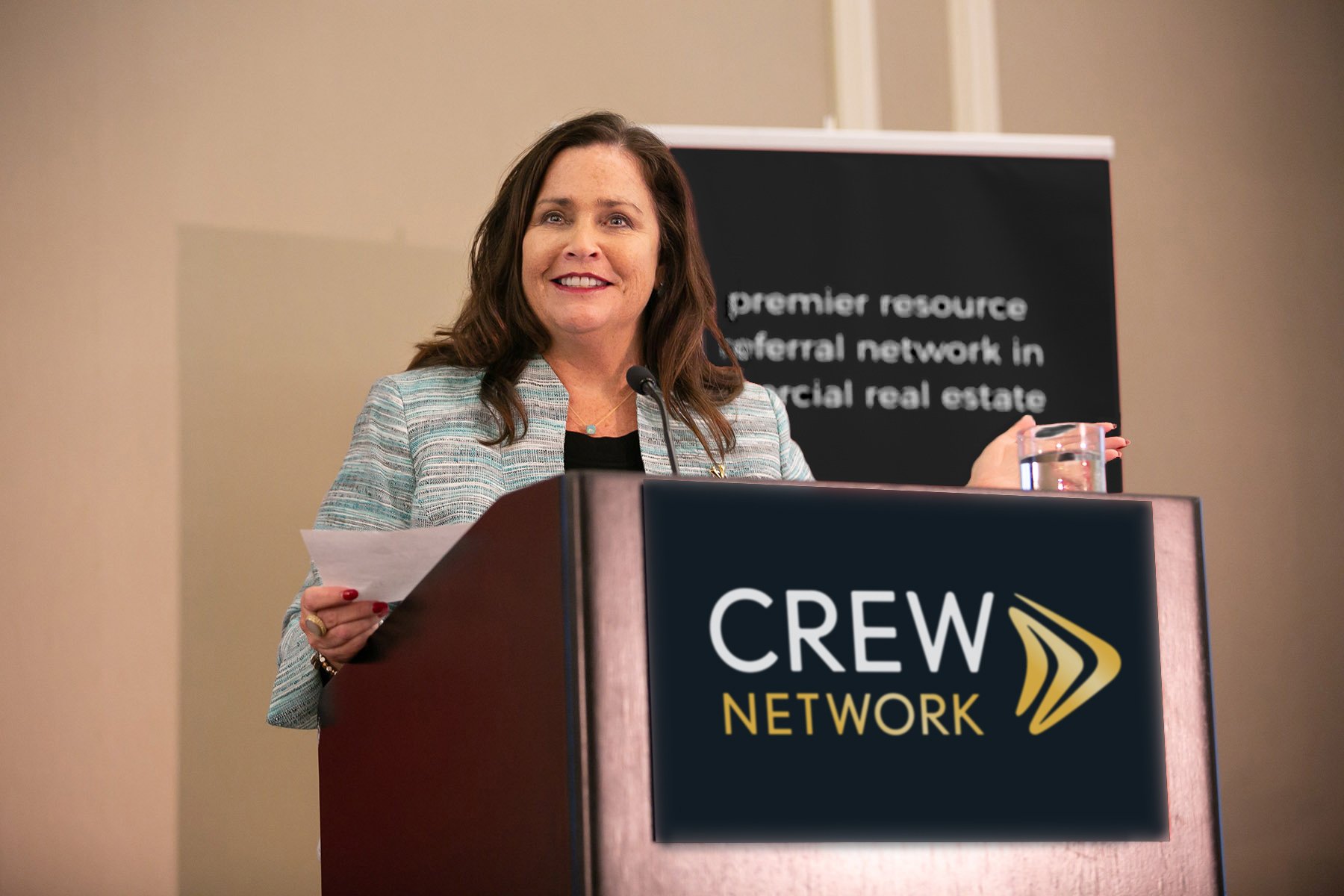Like a well-oiled machine, our office hums with activity as my coworkers dial prospects and plan appointments. Deep in the hollowed trenches of reports, emails and meetings, I have carved out a humble space here where I can successfully live and breathe commercial real estate. Although 2019 is nudging into its mid-life crisis and a slowdown remains uncertain, overall analysis seems bright for the future of commercial real estate investments.
Whether you are concerned about a recession or want to navigate your investments with ease; you will need these 10 steps to proactively manage your portfolio:
- Lease Abstracts: Analyze your leases and put key points/dates on one easy-to-read page to create a "quick-reference" guide. Lease abstracting is extremely important if you have owned your properties for a while, inherited them, or have not been paying attention because the money is rolling in. Hiring a broker to complete this task can be very beneficial as they will conduct a full lease review and help you create an action plan for each tenant. After review, you will want to calendar important upcoming dates for each tenant with reminders.
- Loan Abstracts: Same concept as a lease abstract except with the main terms and important dates of your loan on one page. Some questions you may ask yourself: Do you know when and if a balloon payment is due? Have you considered refinancing? You will want to plan ahead. Your lender or loan broker can help you with this task if you are not sure where to start.
- Review Market Trends: If you live and own in the same area, you probably have a grasp on the market. If your investments are spread around, contact professionals in those areas to find out how the market is performing and read the local news. Pay close attention to news surrounding large employers and the local economy. Obtain demographic reports and make sure two categories in particular are not declining: average household income and average population. Find out about the strength of the residential market in the area; commercial assets tend to follow residential trends due to longer average leases. You are looking for leading indicators and this simple step can help you stay one step ahead of market trends.
- Tax Strategy and Legal Structure Review: Meet with your accountant and estate planner. Based on your individual situation, you may wish to change the structure of your legal entities. These professionals can also help update and educate you on new tax strategies. In most cases, it is very difficult to do this retroactively; be proactive when it comes to taxes!
- Pay Down Debts: Start by paying your highest interest debt first, take advantage of low-interest balance transfers and any promotions the banks are currently offering.
- Consider Hiring a Property Management Company: A property management company can show you where money is being left on the table, help you manage expenses, arrange scheduled tenant rent increases and provide detailed accounting reports. Property management companies are also up to date on current laws and can help you shore-up and update your leases. In addition, having a decent maintenance team can save you thousands of dollars in the long-run if you do not have the time or experience.
- Property Inspection for Deferred Maintenance: A professional inspection can tell you the useful life left on key building systems such as the roof, plumbing, electrical and structure. Even if you do not have the money to make capital improvements, it is important to be aware of possible maintenance expenses in advance. For example, your roof may have 5 years of useful life left. There are a number of ways a roofer can extend the life if you start now. Even if the roof needs to be replaced, I can almost guarantee it will cost you less to shop around now, than when a storm comes and your tenants start using the M word (mold)!
- Review Insurance Policies: Contact your insurance agent and give them the full picture of your investments, your goals and where you are at in your life. They can help you understand your current policies and make insurance decisions you may find extremely valuable in the future.
- Analysis and Goals – The Full Picture: If you have gone through steps 1 – 8 you should know now where you stand with your real estate investments. You have now evaluated the income, expenses, tax considerations and deferred maintenance. Now, write down your long and short-term goals. Create an action plan that reflects these goals and schedule it in your calendar. The idea is to always be proactive because real estate is not a liquid asset. In most cases, you will not be able to adjust the sails of your real estate investment ship in time to catch the wave.
- Consider Selling: If you truly believe a recession is coming, perhaps it is a great time to sell your lowest performing assets and keep cash on hand so you have additional liquidity and freedom. As they say, "cash is king" and on this note, having a reserve emergency cash fund is quite handy if you can swing it.
Smart money is educated, understands the landscape, has a plan and follows through.
Hannah McCarthy is a broker at CBI Commercial. The views expressed here are the author's own and not those of ALM's real estate media group.
© 2025 ALM Global, LLC, All Rights Reserved. Request academic re-use from www.copyright.com. All other uses, submit a request to [email protected]. For more information visit Asset & Logo Licensing.








